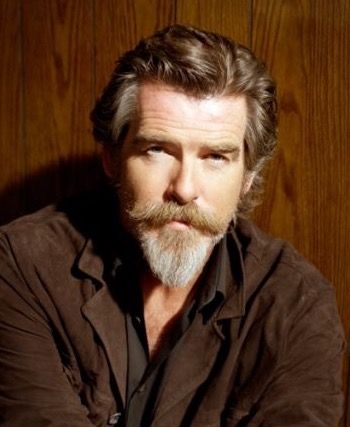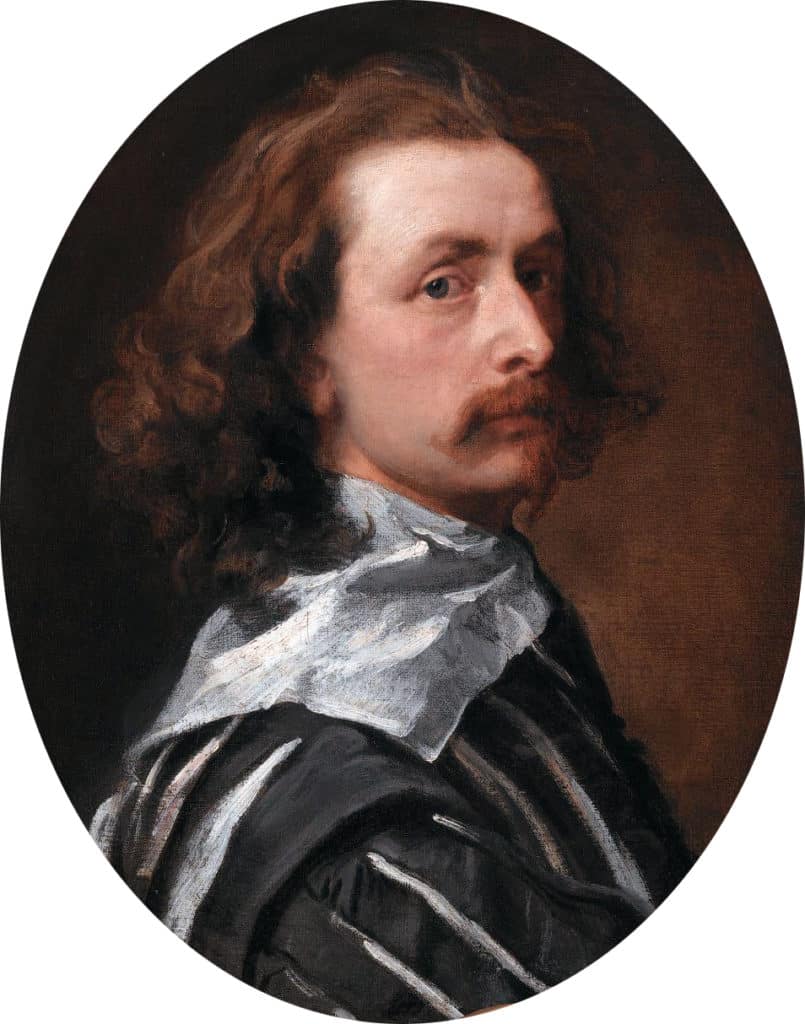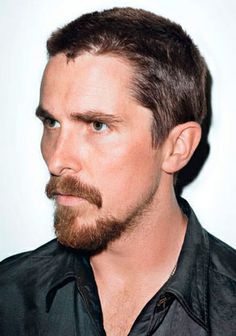Post Content

The Van Dyke beard style has drifted in and out of style through the several hundred years it’s been around. Its modern resurgence came about in the 1990s, with the onset of Grunge music when rock icons like Kurt Cobain and Eddie Vedder both sported the look.
The highly stylized nature of the Van Dyke makes it an incredibly bold look. It communicates an Old World sensibility as coopted by the modern Hipster.
The beard is named after the Flemish Baroque painter, Anthony Van Dyck, who lived in the 17th Century Spanish Netherlands. The beard has a variety of name variants, like the “Charlie” because Van Dyck painted King Charles I of England with this beard.
The Van Dyke beard resurged in popularity in the United States in the late 1800s, prompting a smear article in the Chicago Chronicle.
It’s a bold look that’s associated with bold thinkers. It occurred throughout history across a variety of figures, from Vladimir Lenin, George Custer, and even Colonel Sanders.
Post Content
Making a Statement: The Van Dyke Beard Style and Your Personality
The Van Dyke beard style is a bold look and has been adopted by people who share a bit of contempt for modern society, especially when paired with a styled or waxed mustache.
This is a traditionalist look, and it shows an appreciation for these trends, whether they’re art, music, or cultural thinking. The Van Dyke beard found some popularity in the Beatnik and 60s counter-cultural movements. The 1990s Grunge movement adopted it for likely similar reasons.
However, to pull off this look, you need bold confidence in your appearance. It communicates an aggressive self-assuredness.
What is a Van Dyke Beard Style?
The Van Dyke is deceptively simple to describe and far more complicated to achieve. It’s associated with the goatee family, but with key stylistic distinctions.
It is a disconnected mustache with a pointed beard on the chin. The mustache is usually grown in well enough to extend beyond the corners of the mouth, but the connecting hairs are trimmed below the mouth.
The hair on the chin comprises both the soul patch and chin hair, which is grown into a point. The Van Dyke goatee doesn’t typically extend up the jawline and remain concentrated at the chin.
The rest of the face remains clean-shaven and smooth for the traditional Van Dyke facial hairstyle. It looks best when the lines are sharp and well defined.
What Face Shapes Fit the Van Dyke Beard?
Van Dyke facial hair can be modified to work with different facial styles.
The traditional Van Dyke beard style works well with faces that can benefit from making their faces look longer. If you have a round face, an oval face, or a heart-shaped face, you can pull this look off well. It can add length and definition to your chin and benefits from a thicker, pointed goatee.
Triangle and Diamond-shaped faces can pull off this look but should do so with shorter chin hair, instead of the pointed goatee. Using a more conservative approach to the Van Dyke beard will help soften their features and already pointed chin.
Square and oblong faces will have the most difficulty with this look. However, they can also pull it off with either a shorter goatee or one extended up the jaw to add more definition.
Growing a Van Dyke Beard
Unlike most beard styles, the Van Dyke can be shaped starting fairly quickly. It’s still easiest to shape it from a full beard, but you won’t need to let your beard grow out for a month before you start shaping it.
Most men can start shaping their beard into a Van Dyke after about a week of unimpeded growth. If your beard grows more slowly, leave it for about 2 weeks so you can have more to work with.
You want to start trimming when your beard is about ½-inch or 1-inch long.
Tools to Shape Your Beard
The Van Dyke beard style requires a sharp look. Even though most of your face will be smoothly shaved, you’ll still want some tools to make this easier for you.
The most important tool you can use with shaping a Van Dyke beard is a really good pair of beard scissors. You can theoretically do all of your beard shapings with just scissors and a comb.
Having a good pair of electric trimmers is also recommended. It’s a lot easier to use trimmers to shape your Van Dyke beard before cleanly shaving. You can also use them to trim your goatee.
Shaping Your Van Dyke Style
When your beard has grown in enough, it’s time to start shaping your beard.
After washing and drying your face, use your trimmers to remove the hair on your cheeks and neck, making sure to avoid the mustache and goatee.
Determine how long you’d like your mustache to extend beyond your mouth. Usually, the connectors are shaved below the corners of the mouth to the goatee.
At this point, decide how large you’d like your goatee to be. Some men prefer it closer to the chin and shave the neck area, while others leave some hair on their neck. Another important part to consider is how much you’d like it to extend on the jawline.
Once shaped initially, use a traditional safety razor to shave the area surrounding your beard to clean up your look.
As the beard grows in, you’ll shape it into a point. Use your scissors or clippers to trim the sides into a point. Be careful to maintain the pointed tip and not trim it off.
Approaches to The Mustache
The traditional Van Dyke facial hair had a styled mustache, where the ends were grown out and curled. However, you can choose to keep the mustache short if you’d prefer. Letting the ends grow out by about ½-inch or ¾-inch seems to be most common.
Usually, the mustache is kept short to the face, but you have the option of growing a handlebar mustache as well.
There are also key stylistic differences between waxing your mustache and letting it have more of a natural look. A waxed mustache is a far more bold choice.
Play around with the mustache to find a look that works for you. The Van Dyke says a lot about who you are. Minor alterations can also be applied to dramatically change the style until you find what suits your face and personality the best.
Maintaining Your Van Dyke Style
The Van Dyke beard style needs to be regularly maintained to keep a sharp look. You should shave your cheeks and neck every 1 to 2 days. If your beard grows in quickly, shaving daily is recommended.
It can take about 4 to 6 weeks before your chin hair (and maybe your mustache too) grows into the desired length to reach the pointed chin. However, once it reaches the proper length, you should trim it once every week to maintain consistency.
Use scissors to trim the unruly mustache hairs at least once a week. Use scissors or your trimmer to keep the goatee a short, uniform length.
It’s also incredibly important to keep your beard hair healthy. Applying beard oil or balm is recommended to keep your beard soft and skin healthy. Wash your face and beard at least once daily, then apply a facial moisturizer before applying beard oil. Massage it into the hair and skin, then comb the hair for uniformity.
Don’t use shampoo designed for your head, or use a hairdryer on your Van Dyke beard. Your normal facial cleanser should be enough to clean your beard hair.
Variations of the Van Dyke Style
While the traditional Van Dyke beard style has a very specific look, this look can benefit a lot from variety while achieving a similar effect.
The traditional look has a narrow goatee with a handlebar mustache. However, that’s largely fallen out of fashion and most Van Dyke beards are shorter, often about ½-inch long.
Some variants use an extended goatee to create an interesting look, or simply avoid pointing the beard. This can be paired with a stylized mustache or simply a detached mustache to create a good look.
Surprisingly, one of the nice variants of the Van Dyke facial hair is to wear it with a stubble look. If you have your Van Dyke goatee grown in thick, then wearing it with some stubble creates a nice effect.
Similar to that look, some men wear a Van Dyke as an accent to what’s essentially otherwise a boxed beard. While this strays from the traditional definitions, it interestingly applies the principle.
Instead of smoothly shaving your cheeks, you have a short beard grown in. The Van Dyke grows in about 4 times longer than the cheek hair to create a distinct difference between them.
If you’re a younger man and have patchy hair on your cheeks, allowing light, patchy stubble gives you a relaxed, casual appearance that softens your look while embracing your personal touch to the Van Dyke.
Conclusion
The Van Dyke is a beard that communicates a boldness and thoughtfulness to its wearer. The look has a simple definition but can be customized broadly to add personality to the look.
The Van Dyke should heighten your unique personal points. Play around with the style until you find the variation that works for you.
Pierce Brosnan Anthony Van Dyck Christian Bale



